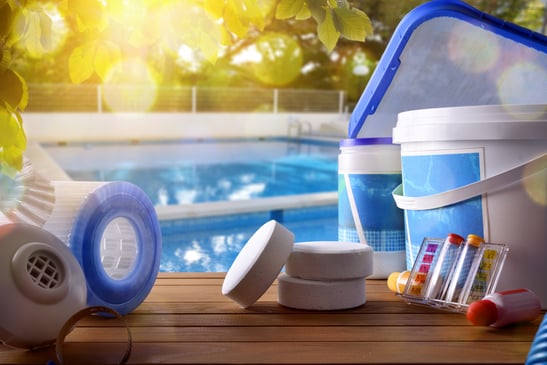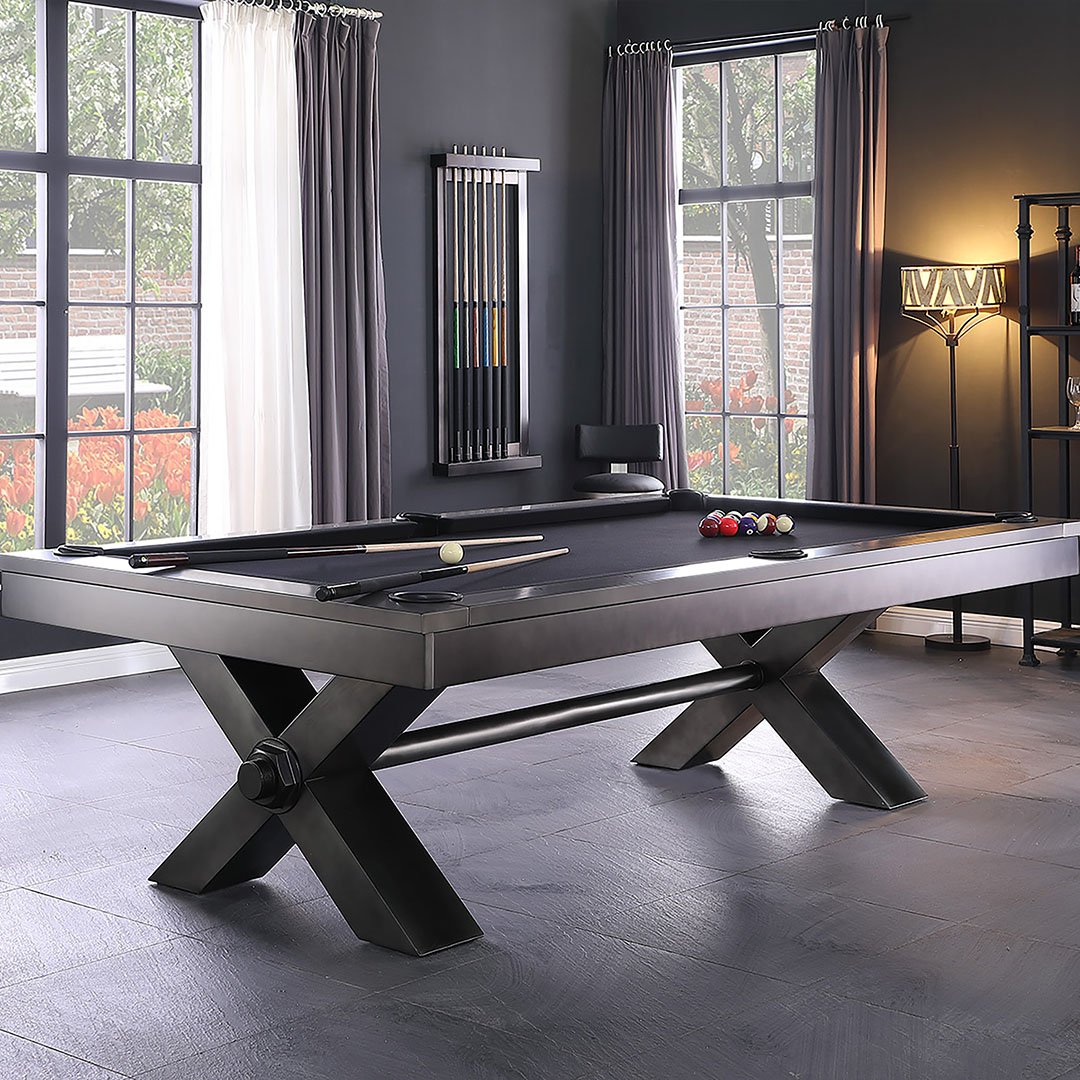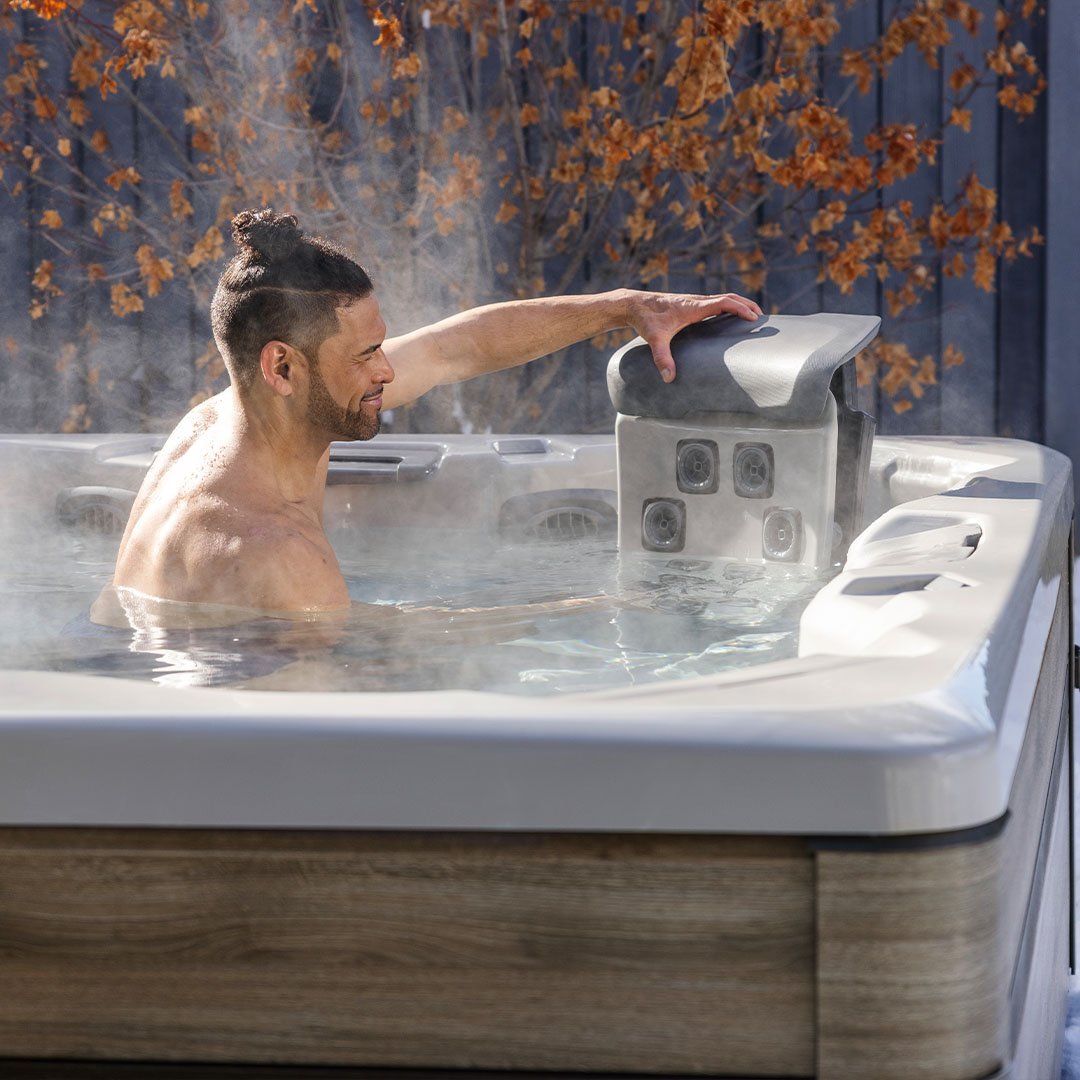Closing Your Pool: Checklist
As summer starts to slowly come to an end, it’s time to think about when you want to close your pool for the winter. Depending on where you live, the climate will be a good indicator, as well as if you have children heading back to school and less usage.
When figuring out when to close, it’s best to do so when the temperatures start to stay below 65 degrees to avoid algae growth, which likes the heat.
When the time comes to set a date and winterize, it’s important to properly close your pool to avoid damage and unnecessary repairs. Proper closing also ensures protecting the integrity of your pool and making it easier to open next swim season.
Follow these steps to properly close your pool and winterize.

How to Winterize Your Above Ground Pool
Once you decide it’s time to winterize, make sure you have all your necessary chemicals and tools ready so you can be efficient. This includes:
- Vacuum/pool cleaner
- Test strips
- Winterizing chemical kit
- pH increaser
- Calcium hardness increaser
- Pool shock
- Algaecide
- Alkalinity increaser
- Winter cover
- Cover winch and cable
- Cover clips
- Pool air pillow
Additional items that could be necessary, depending on your above ground pool include water bags, antifreeze, and clarifiers.
- Step #1: Clean and vacuum out your pool. You’ll want to make sure you give it a great clean and get any debris and dirt out. Our automatic pool cleaners are effective and efficient at cleaning without the hassle of having to do it all yourself.
- Step #2: Check your chemical balance. Make sure to test your pH and alkalinity and adjust as needed to get it in the recommended ranges. You can be on the high side of the recommended ranges as it will decrease over time since it’s not being used.
- Step #3: Add your chemicals. Purchasing a winterizing kit is the easiest way if you don’t feel like gathering everything up yourself. Just make sure to read the instructions for each kit so you know if you need to run the filter or not.
- Check your calcium hardness and adjust. Water that is too soft can corrode metal and too hard can create a crusty build-up. Vinyl liners help, but it’s a good safeguard to ensure no corrosion during winter.
- Shock your pool. This will help the sanitizer over the course of winter. You can also add in algaecide if you’re worried and want to err on the safe side.
- Step #4: Clean your lines. Freezing and expansion can cause damage to your lines, so it’s best to remove, drain, and store them during the winter for their integrity and less headaches in the spring when you open. Make sure they are completely dry before being stored to avoid mold.
- Step #5: Seal your skimmer. The easiest way to winterize is to get a cover for your skimmer. These seal out the elements and also means you don’t have to drain below the skimmer line.
- Step #6: Pack away the pump and filter. To winterize your pump, remove all drain plugs and the pump, hoses, and chlorinator (if you have one). Make sure to keep all your drain plugs together, either in your pump basket or in a bag once fully dry. Store indoors. To winterize your filter, it first depends on the type of filter you use. For sand filters, you’ll want to set your valve to “winterize”, remove the drain plug, and let drain completely. Bring everything indoors during the winter to store. For a cartridge filter, drain and rinse with a hose. Leave the valves open and store the cartridge indoors for the winter.
- Step #7: If necessary, lower your pool water. If you’re using a skimmer plate, you can skip this step and just remove the hose from the skimmer. If you’re not using a cover, you need to ensure the water is drained to be below your skimmer. It’s best for a winter cover to have a normal level of water, but not necessary.
- Step #8: Put in your pool pillow. If you live in a climate where snow and ice can accumulate in the winter, it’s necessary to add a pool pillow. This will keep pressure from snow and ice off your pool walls, which will avoid damage. It’s recommended to inflate your pool pillow to between 50-60% capacity to avoid popping with a large snowfall.
- Step #9: Put on your winter pool cover. Place your pool pillow in and cover your pool, adhering it with pool clips and a cable and winch for extra protection and security during the winter.
- Step #10: Clean and store your pool accessories. Make sure to properly clean, dry, and store all your pool accessories. This includes ladders and stairs, inflatables, and all of your tools to make sure they last for next season and that you hopefully won’t need replacements. Consider buying storage just for your pool items so you always have a place for them.
When it’s time to close up your above ground pool for the season, head into any of Watson’s locations to pick up your winterizing kit and other accessories. Follow the above checklist to make sure your pool is properly closed so you can open next swim season with ease and less hassle.










